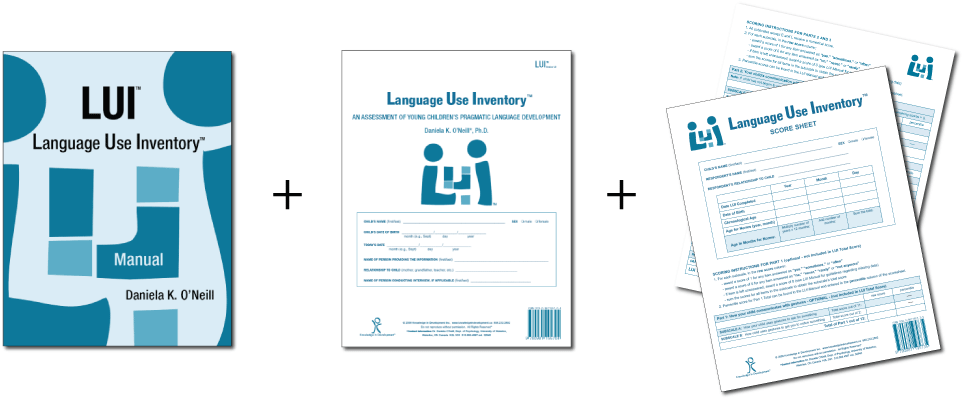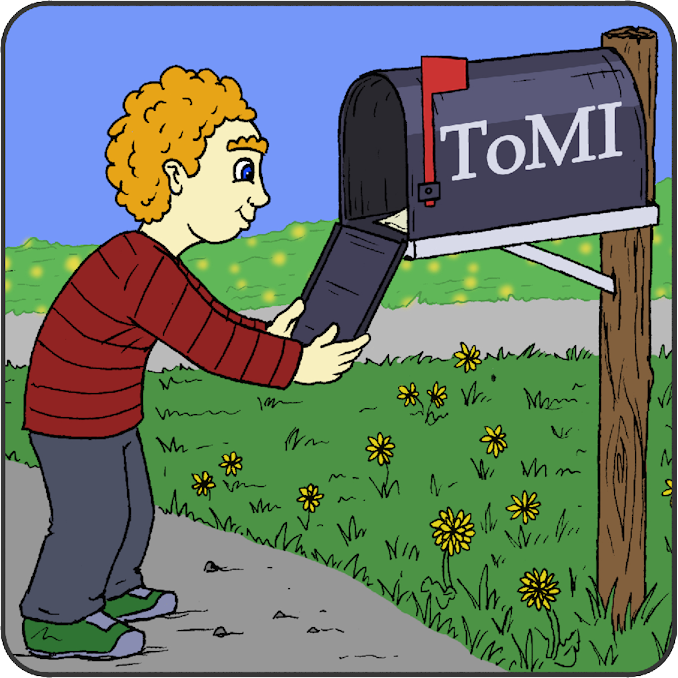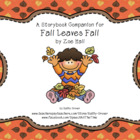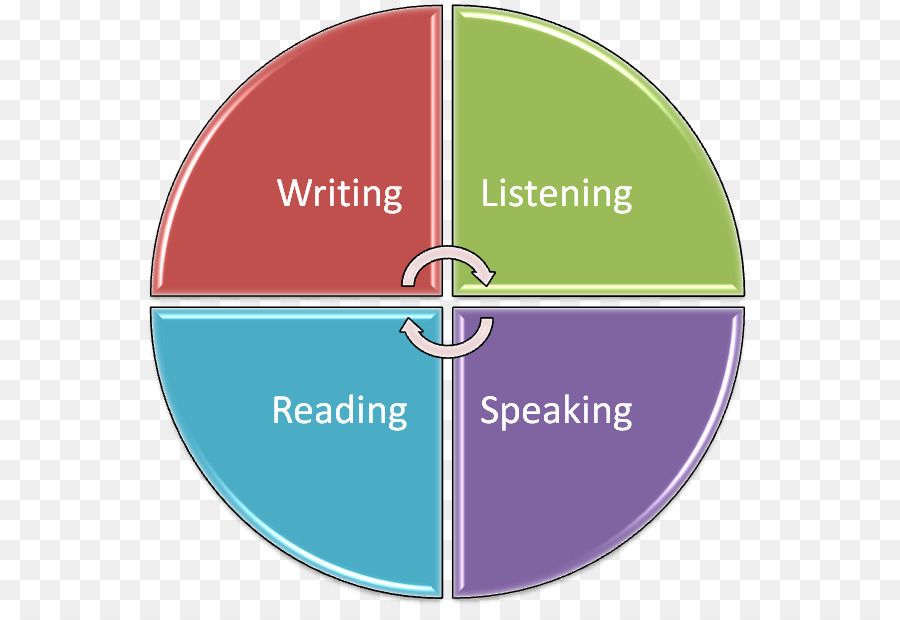 To date, I have written 3 posts on speech and language assessments of children under 3 years of age. My first post offered suggestions on what information to include in general speech-language assessments for this age group, my second post specifically discussed assessments of toddlers with suspected motor speech disorders and my third post described what information I tend to include in reports for children ~16-18 months of age.
To date, I have written 3 posts on speech and language assessments of children under 3 years of age. My first post offered suggestions on what information to include in general speech-language assessments for this age group, my second post specifically discussed assessments of toddlers with suspected motor speech disorders and my third post described what information I tend to include in reports for children ~16-18 months of age.
Today, I’d like to offer some suggestions on the assessment of social emotional functioning and pragmatics of children, ages 3 and under.
For starters, below is the information I found compiled by a number of researchers on select social pragmatic milestones for the 0-3 age group:
- Peters, Kimberly (2013) Hierarchy of Social/Pragmatic Skills as Related to the Development of Executive Function


- Hutchins & Prelock, (2016) Select Social Cognitive Milestones from the Theory of Mind Atlas

3. Development of Theory of Mind (Westby, 2014)


In my social pragmatic assessments of the 0-3 population, in addition, to the child’s adaptive behavior during the assessment, I also describe the child’s joint attention, social emotional reciprocity, as well as social referencing abilities.
Joint attention is the shared focus of two individuals on an object. Responding to joint attention refers to the child’s ability to follow the direction of the gaze and gestures of others in order to share a common point of reference. Initiating joint attention involves child’s use of gestures and eye contact to direct others’ attention to objects, to events, and to themselves. The function of initiating joint attention is to show or spontaneously seek to share interests or pleasurable experience with others. (Mundy, et al, 2007)
Social emotional reciprocity involves being aware of the emotional and interpersonal cues of others, appropriately interpreting those cues, responding appropriately to what is interpreted as well as being motivated to engage in social interactions with others (LaRocque and Leach,2009).
Social referencing refers to a child’s ability to look at a caregiver’s cues such as facial expressions, body language and tone of voice in an ambiguous situation in order to obtain clarifying information. (Walden & Ogan, 1988)
Here’s a brief excerpt from an evaluation of a child ~18 months of age:
“RA’s joint attention skills, social emotional reciprocity as well as social referencing were judged to be appropriate for his age. For example, when Ms. N let in the family dog from the deck into the assessment room, RA immediately noted that the dog wanted to exit the room and go into the hallway. However, the door leading to the hallway was closed. RA came up to the closed door and attempted to reach the doorknob. When RA realized that he cannot reach to the doorknob to let the dog out, he excitedly vocalized to get Ms. N’s attention, and then indicated to her in gestures that the dog wanted to leave the room.”
 If I happen to know that a child is highly verbal, I may actually include a narrative assessment, when evaluating toddlers in the 2-3 age group. Now, of course, true narratives do not develop in children until they are bit older. However, it is possible to limitedly assess the narrative abilities of verbal children in this age group. According to Hedberg & Westby (1993) typically developing 2-year-old children are at the Heaps Stage of narrative development characterized by
If I happen to know that a child is highly verbal, I may actually include a narrative assessment, when evaluating toddlers in the 2-3 age group. Now, of course, true narratives do not develop in children until they are bit older. However, it is possible to limitedly assess the narrative abilities of verbal children in this age group. According to Hedberg & Westby (1993) typically developing 2-year-old children are at the Heaps Stage of narrative development characterized by
- Storytelling in the form of a collection of unrelated ideas which consist of labeling and describing events
- Frequent switch of topic is evident with lack of central theme and cohesive devices
- The sentences are usually simple declarations which contain repetitive syntax and use of present or present progressive tenses
- In this stage, children possess limited understanding that the character on the next page is still same as on the previous page
In contrast, though typically developing children between 2-3 years of age in the Sequences Stage of narrative development still arbitrarily link story elements together without transitions, they can:
- Label and describe events about a central theme with stories that may contain a central character, topic, or setting
 To illustrate, below is a narrative sample from a typically developing 2-year-old child based on the Mercer Mayer’s classic wordless picture book: “Frog Where Are You?”
To illustrate, below is a narrative sample from a typically developing 2-year-old child based on the Mercer Mayer’s classic wordless picture book: “Frog Where Are You?”
- He put a froggy in there
- He’s sleeping
- Froggy came out
- Where did did froggy go?
- Now the dog fell out
- Then he got him
- You are a silly dog
- And then
- where did froggy go?
- In in there
- Up up into the tree
- Up there an owl
- Froggy
- A reindeer caught him
- Then he dropped him
- Then he went into snow
- And then he cleaned up that
- Then stopped right there and see what wha wha wha what he found
- He found two froggies
- They lived happily ever after
 Of course, a play assessment for this age group is a must. Since, in my first post, I offered a play skills excerpt from one of my early intervention assessments and in my third blog post, I included a link to the Revised Westby Play Scale (Westby, 2000), I will now move on to the description of a few formal instruments I find very useful for this age group.
Of course, a play assessment for this age group is a must. Since, in my first post, I offered a play skills excerpt from one of my early intervention assessments and in my third blog post, I included a link to the Revised Westby Play Scale (Westby, 2000), I will now move on to the description of a few formal instruments I find very useful for this age group.
While some criterion-referenced instruments such as the Rossetti, contain sections on Interaction-Attachment and Pragmatics, there are other assessments which I prefer for evaluating social cognition and pragmatic abilities of toddlers.
 For toddlers 18+months of age, I like using the Language Use Inventory (LUI) (O’Neill, 2009) which is administered in the form of a parental questionnaire that can be completed in approximately 20 minutes. Aimed at identifying children with delay/impairment in pragmatic language development it contains 180 questions and divided into 3 parts and 14 subscales including:
For toddlers 18+months of age, I like using the Language Use Inventory (LUI) (O’Neill, 2009) which is administered in the form of a parental questionnaire that can be completed in approximately 20 minutes. Aimed at identifying children with delay/impairment in pragmatic language development it contains 180 questions and divided into 3 parts and 14 subscales including:
- Communication w/t gestures
- Communication w/t words
- Longer sentences
Therapists can utilize the Automated Score Calculator, which accompanies the LUI in order to generate several pages write up or summarize the main points of the LUI’s findings in their evaluation reports.
Below is an example of a summary I wrote for one of my past clients, 35 months of age.
AN’s ability to use language was assessed via the administration of the Language Use Inventory (LUI). The LUI is a standardized parental questionnaire for children ages 18-47 months aimed at identifying children with delay/impairment in pragmatic language development. Composed of 3 parts and 14 subscales it focuses on how the child communicates with gestures, words and longer sentences.
On the LUI, AN obtained a raw score of 53 and a percentile rank of <1, indicating profoundly impaired performance in the area of language use. While AN scored in the average range in the area of varied word use, deficits were noted with requesting help, word usage for notice, lack of questions and comments regarding self and others, lack of reciprocal word usage in activities with others, humor relatedness, adapting to conversations to others, as well as difficulties with building longer sentences and stories.
Based on above results AN presents with significant social pragmatic language weaknesses characterized by impaired ability to use language for a variety of language functions (initiate, comment, request, etc), lack of reciprocal word usage in activities with others, humor relatedness, lack of conversational abilities, as well as difficulty with spontaneous sentence and story formulation as is appropriate for a child his age. Therapeutic intervention is strongly recommended to improve AN’s social pragmatic abilities.
 In addition to the LUI, I recently discovered the Theory of Mind Inventory-2. The ToMI-2 was developed on a normative sample of children ages 2 – 13 years. For children between 2-3 years of age, it offers a 14 question Toddler Screen (shared here with author’s permission). While due to the recency of my discovery, I have yet to use it on an actual client, I did have fun creating a report with it on a fake client.
In addition to the LUI, I recently discovered the Theory of Mind Inventory-2. The ToMI-2 was developed on a normative sample of children ages 2 – 13 years. For children between 2-3 years of age, it offers a 14 question Toddler Screen (shared here with author’s permission). While due to the recency of my discovery, I have yet to use it on an actual client, I did have fun creating a report with it on a fake client.
First, I filled out the online version of the 14 question Toddler Screen (paper version embedded in the link above for illustration purposes). Typically the parents are asked to place slashes on the form in relevant areas, however, the online version requested that I use numerals to rate skill acquisition, which is what I had done. After I had entered the data, the system generated a relevant report for my imaginary client. In addition to the demographic section, the report generated the following information (below):
- A bar graph of the client’s skills breakdown in the developed, undecided and undeveloped ranges of the early ToM development scale.
- Percentile scores of how the client did in the each of the 14 early ToM measures
- Median percentiles of scores
- Table for treatment planning broken down into strengths and challenges





I find the information provided to me by the Toddler Screen highly useful for assessment and treatment planning purposes and definitely have plans on using this portion of the TOM-2 Inventory as part of my future toddler evaluations.
Of course, the above instruments are only two of many, aimed at assessing social pragmatic abilities of children under 3 years of age, so I’d like to hear from you! What formal and informal instruments are you using to assess social pragmatic abilities of children under 3 years of age? Do you have a favorite one, and if so, why do you like it?
References:
- Hedberg, N.L., & Westby, C.E. (1993). Analyzing story-telling skills: Theory to practice. AZ: Communication Skill Builders.
- Mundy P, Block J, Delgado C, Pomares Y, Vaughan Van Hecke A, Parlade MV. (2007) Individual Differences and the Development of Joint Attention in Infancy. Child Development. 78:938–954
- LaRocque, M., & Leach, D. (2009). Increasing social reciprocity in young children with Autism. Intervention in School and Clinic, 10(5), 1-7.
- O’Neill, D. (2009). Language Use Inventory: An assessment of young children’s pragmatic language development for 18- to 47-month-old children [Manual]. Waterloo, Ontario, Canada Knowledge in Development
- Tomasello, M. (1995). Joint attention as social cognition. In C. Moore, & P. J. Dunham (Eds.), Joint attention: It’s origins and role in development (pp. 103–130). Hillsdale, NJ: Erlbaum.
- Walden, T., & Ogan, T. (1988). The development of social referencing. Child Development, 59, 1230-1240.
- Westby, C. & Robinson, L. (2014). A developmental perspective for promoting theory of mind. Topics in
Language Disorders, 34(4), 362-383.
 It’s DAY 20 of my Birthday Month Giveaways and I am raffling off a giveaway by Rock Chalk Speech Talk, which is If You Give a Mouse a Cookie: Language Activities for Preschool.
It’s DAY 20 of my Birthday Month Giveaways and I am raffling off a giveaway by Rock Chalk Speech Talk, which is If You Give a Mouse a Cookie: Language Activities for Preschool. To date, I have written 3 posts on speech and language assessments of children under 3 years of age. My first post offered suggestions on what information to include in
To date, I have written 3 posts on speech and language assessments of children under 3 years of age. My first post offered suggestions on what information to include in 




 If I happen to know that a child is highly verbal, I may actually include a
If I happen to know that a child is highly verbal, I may actually include a  To illustrate, below is a narrative sample from a typically developing 2-year-old child based on the Mercer Mayer’s classic wordless picture book: “Frog Where Are You?”
To illustrate, below is a narrative sample from a typically developing 2-year-old child based on the Mercer Mayer’s classic wordless picture book: “Frog Where Are You?” Of course, a play assessment for this age group is a must. Since, in my first post,
Of course, a play assessment for this age group is a must. Since, in my first post,  For toddlers 18+months of age, I like using the Language Use Inventory (LUI)
For toddlers 18+months of age, I like using the Language Use Inventory (LUI)  In addition to the LUI, I recently discovered the
In addition to the LUI, I recently discovered the 




 Is there anything more fun then literature based speech language intervention?
Is there anything more fun then literature based speech language intervention? Today I am reviewing a newly released (2019) kit (instructional guide and cards) from the Learning By Design, Inc. entitled Wordtivities:
Today I am reviewing a newly released (2019) kit (instructional guide and cards) from the Learning By Design, Inc. entitled Wordtivities:  Today I am bringing you DAY 2 of my Birthday Month Giveaways by raffling off a book companion to Zoe Hall’s “Fall Leaves Fall” created by Kathy Grover of
Today I am bringing you DAY 2 of my Birthday Month Giveaways by raffling off a book companion to Zoe Hall’s “Fall Leaves Fall” created by Kathy Grover of 
 Today’s guest post on Monosomy 13q Syndrome is brought to you by the ever talented Maria Del Duca, M.S. CCC-SLP of
Today’s guest post on Monosomy 13q Syndrome is brought to you by the ever talented Maria Del Duca, M.S. CCC-SLP of  With the passing of
With the passing of  LANGUAGE TESTING
LANGUAGE TESTING